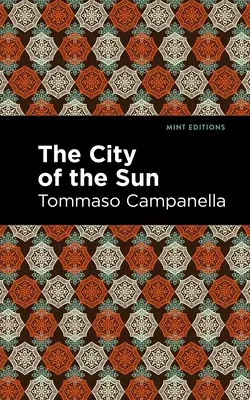Tommaso Campanella
(Author)The City of the SunPaperback, 12 October 2021

Qty
1
Turbo
Ships in 2 - 3 days
In Stock
Free Delivery
Cash on Delivery
15 Days
Free Returns
Secure Checkout
Part of Series
Mint Editions (Scientific and Speculative Fiction)
Part of Series
Mint Editions
Part of Series
Mint Editions--Scientific and Speculative Fiction
Print Length
44 pages
Language
English
Publisher
Mint Editions
Date Published
12 Oct 2021
ISBN-10
1513218441
ISBN-13
9781513218441
Description
Product Details
Author:
Book Format:
Paperback
Country of Origin:
US
Date Published:
12 October 2021
Dimensions:
20.32 x
12.7 x
0.25 cm
Genre:
Italy
ISBN-10:
1513218441
ISBN-13:
9781513218441
Language:
English
Location:
Berkeley
Pages:
44
Publisher:
Series:
Weight:
54.43 gm

